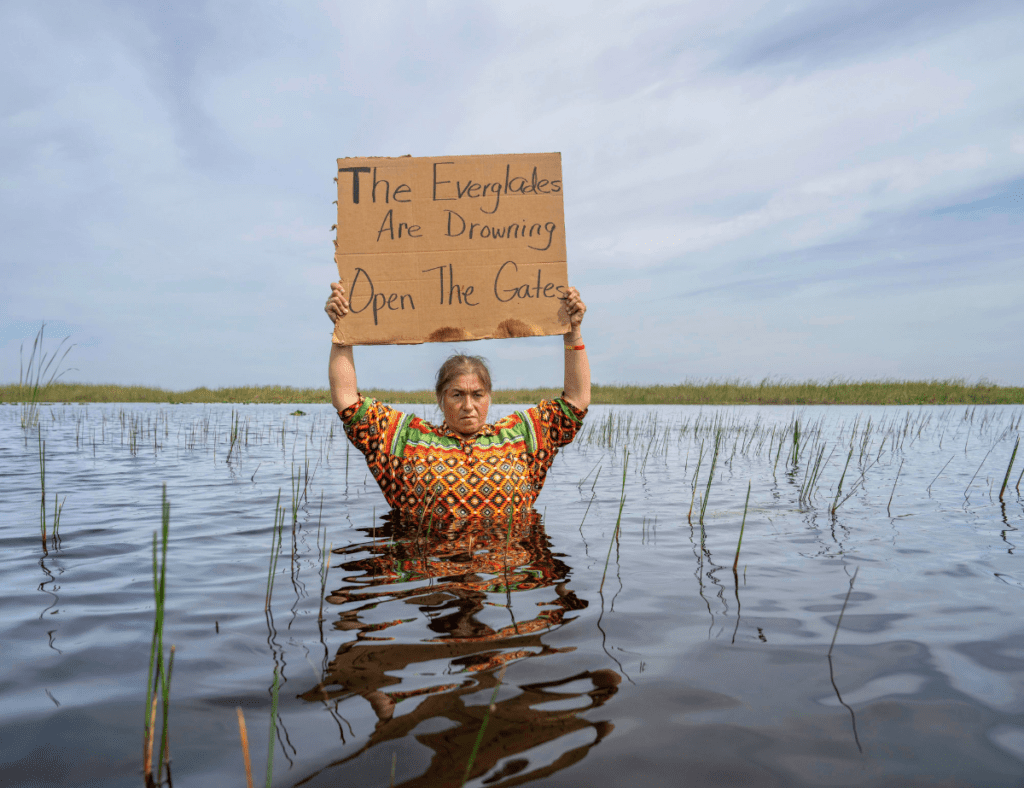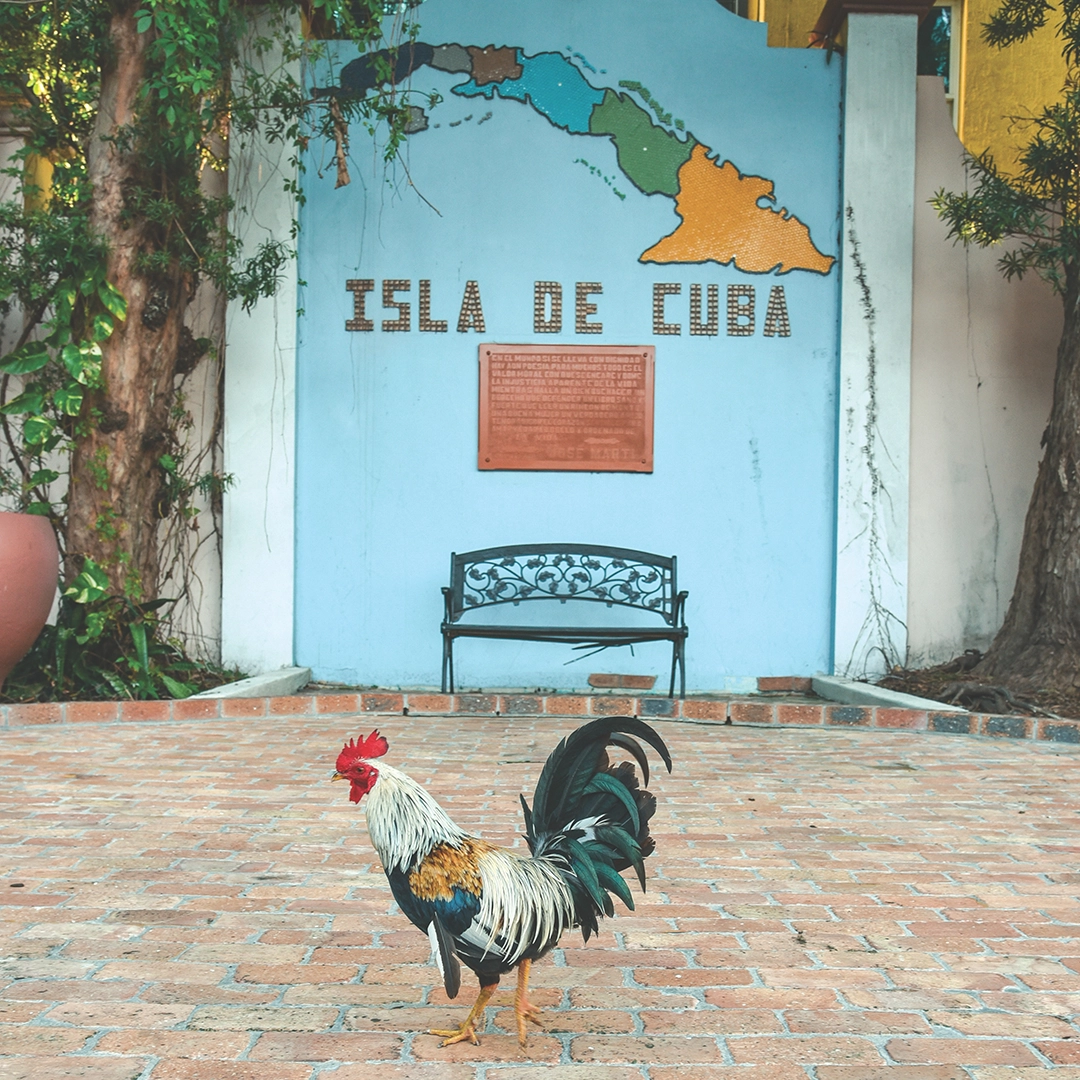by Carlton Ward Jr. | April 11, 2024
Waters of Renewal: Betty Osceola’s Quest for a Restored Everglades Ecosystem
Discover the enduring spirit of Betty Osceola as she leads a crusade to protect her tribe's heritage and restore the balance of the natural Everglades in Carlton Ward Jr.'s latest Florida Wild column.

I first met Betty Osceola in 2020 when making the film “Saving the Florida Wildlife Corridor.” Instantly I was in awe of her deep, ancestral connection to her Everglades home. Osceola is a member of the Miccosukee Tribe of Indians and an airboat captain with profound perspective. I am grateful for her willingness to share her native lands and voice with me and the world, including serving as a lead character in the National Geographic film “Path of the Panther,” now streaming on Disney+ and Hulu. The Seminole and Miccosukee are the last Native Americans living in Florida. Osceola is a name that descends from the great warrior chief Osceola, who defied colonial rule and led to the Seminoles being called “America’s only unconquered Tribe.”
The day of this photo, Osceola was hosting my family on an airboat tour of Miccosukee lands and waters just north of Everglades National Park. It was a personal trip, motivated by wanting my children to experience the Everglades and meet a hero of mine. Osceola took us to visit several teardrop-shaped tree islands-—patches of hardwoods that layer like steppingstones across the River of Grass. These islands once provided homes for the Miccosukee people and refuges for wildlife, from deer to panthers. While other parts of the Everglades have been drained, much of the land surrounding the tree islands has flooded.
Roads, drainage canals and development have blocked and diverted the flow of Everglades water for the past century. One road in particular, the Tamiami Trail, has served as a dam blocking the flow. South of the road, Everglades National Park has been deprived of the water that once flowed seamlessly. North of the road, tribal lands have been drowning under too much water artificially held back by the road and water management practices that have prioritized flood control for densely populated areas closer to the coast. As a result, 70% of the tree islands that Osceola and her people have relied upon have been lost, along with a steep decline in available habitat for terrestrial wildlife.
The islands that remain serve as vital Miccosukee cultural sites for ceremonies and burials. After showing us one of her favorite tree islands entirely covered over by high water, Osceola pulled this cardboard sign from the bow of her airboat and waded out into the water for a portrait. A couple weeks before, she had been in the news holding up the same sign, crying out for more equitable management of Everglades water. She was asking the Army Corps of Engineers to open all the floodgates along the Tamiami Trail that were then holding back water and drowning Osceola’s ancestral lands.
Through new Everglades restoration efforts, several miles of the Tamiami Trail have been elevated into bridges to help rebalance the flow of water. But the work is not complete. More steps of the multiyear restoration plan need to be achieved, with continued investment from the United States and Florida governments, for Everglades water to flow more naturally and the ecosystem to be more restored.





